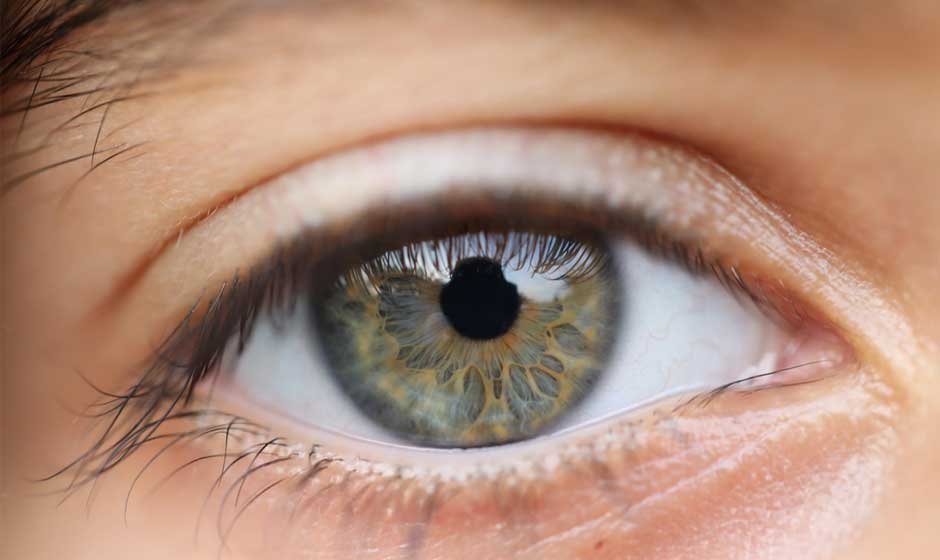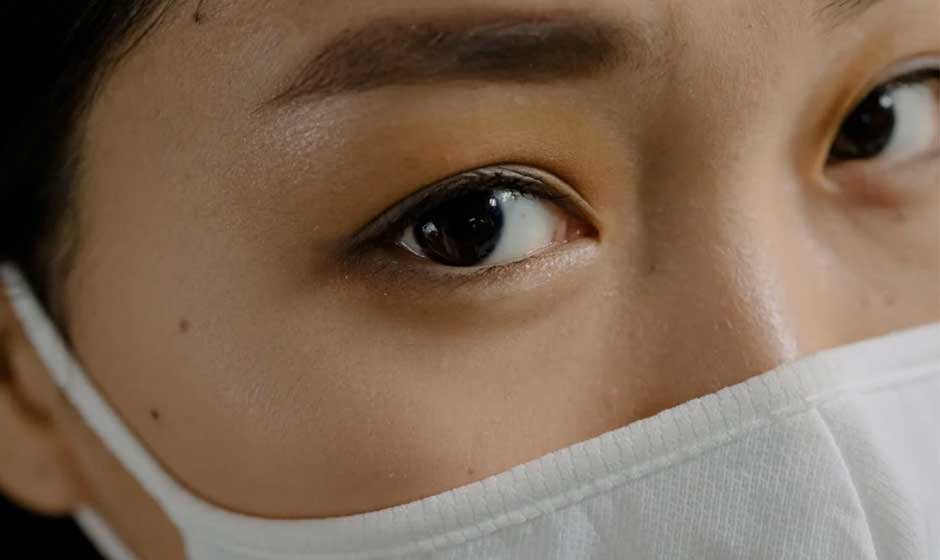Exposure to blue light is increasingly becoming a concern in our digital age. As we spend excessive hours using screens on mobile devices, computers, and televisions, the negative effects of blue light on eye health have become a critical topic of discussion.
This type of light has been linked to various eye-related issues, such as digital eye strain, sleep disruption, and potential long-term damage to the retina. To maintain good eye health, knowing how to protect yourself from these harmful rays is crucial.
Understanding Blue Light Rays
Blue light rays are part of the visible spectrum, characterized by short wavelengths and high energy. These rays are emitted by natural sources like the sun, but they translate into the artificial light emitted by digital screens. Interestingly, a significant proportion of blue light is capable of reaching the retina, leading some researchers to consider its implications on eye health.
Too much exposure can lead to discomfort and visual fatigue, featuring symptoms such as dryness and blurred vision. Understanding how blue light affects the eyes is the first step in mitigating its risks. This understanding equips individuals with knowledge about why taking protective measures is necessary, especially in an era dominated by digital interfaces.
Protecting Your Eyes with Simple Lifestyle Changes
Making lifestyle changes provides a straightforward approach to minimizing blue light exposure. Applying the 20-20-20 rule can be beneficial. This involves taking a break every 20 minutes to look at something 20 feet away for 20 seconds. This simple adjustment helps relax eye muscles and reduces fatigue.
Adjusting your screen settings can aid in protection. Many devices now offer a blue light filter that reduces the emission of these rays. Activating this setting can make digital environments less harsh on the eyes. Getting special glasses that Block Blue Light acts as another effective barrier against the potential harmful impacts. These glasses filter out the blue light before it reaches the eyes, providing additional comfort for those who spend prolonged periods in front of screens. This is a practical investment in eye health that has gained popularity in recent years.
Recognizing Symptoms of Blue Light Damage
Many individuals may not immediately recognize the symptoms inflicted by exposure to blue light. Digital eye strain encompasses a variety of symptoms: headaches, eye discomfort, and difficulty concentrating. Many find it difficult to focus on screens for extended lengths of time, leading to productivity drops.
Research indicates a possible link between prolonged blue light exposure and sleep disturbances. Blue light’s interference with melatonin production can lead to complications in sleep patterns, particularly for those who use devices late into the night. Reducing eye strain and improving sleep quality can significantly aid in maintaining overall health and wellness.
Utilizing Technology to Counter Blue Light Exposure
Advancements in technology have led to the creation of numerous apps and features designed to combat blue light exposure. Many devices now come with built-in blue light filters accessible in the settings menu. A quick search reveals several downloadable software applications that automatically adjust screen colors based on the time of day, minimizing blue light emission in the evening hours.
There are various tools available that inform users of optimal screen usage times and even remind them to take breaks. Integrating these technologies into daily routines enhances the ability to mitigate eye strain associated with blue light exposure.
Some wearable devices now include features that monitor screen time and recommend periods of rest to reduce visual fatigue. Smart lighting systems can adjust indoor lighting to mimic natural light patterns, supporting healthier circadian rhythms. Embracing these innovations can lead to better sleep quality and overall eye health, especially for those who spend extended hours in front of screens.

Professional Eye Care and Regular Check-Ups
Investing time in regular eye care appointments with a professional plays a substantial role in maintaining eye health. Optometrists can assess the extent of blue light exposure and recommend personalized solutions catering to individual lifestyles. They might suggest specialized lenses or provide insights into the best practices to adopt for a healthier ocular life.
Scheduling check-ups annually allows for the monitoring of any vision changes, ensuring prompt addressing of any arising issues. Maintaining communication with your eye care provider helps you remain informed about the latest approaches in managing eye health amidst constant exposure to blue light.
Taking steps to protect your eyes from harmful blue light rays is not just a matter of comfort but a vital aspect of maintaining vision health. Recognizing the symptoms associated with blue light exposure, implementing lifestyle changes, utilizing technology efficiently, and engaging with professional eye care represent the foundational strategies to counteract its effects. Prioritizing eye care can lead to a more balanced interaction with technology and a healthier visual future.










